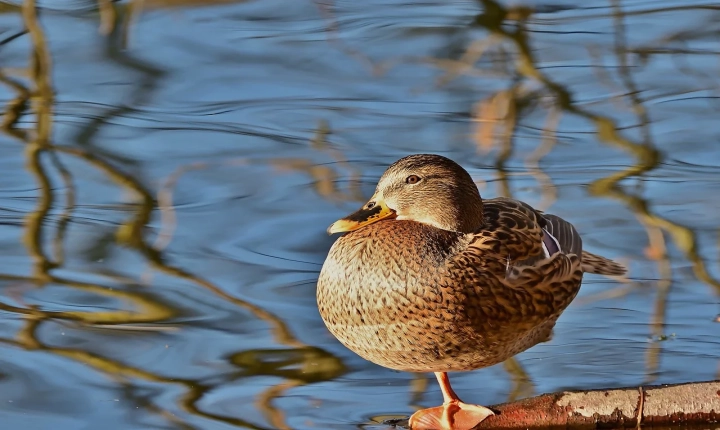Title: How to Make Better AI Art: Tips and Techniques
Artificial Intelligence (AI) has opened up a world of possibilities for creators and artists, allowing them to push the boundaries of traditional art and explore new forms of creativity. AI art, also known as generative art, relies on algorithms, machine learning, and deep learning to generate unique and innovative artworks. However, creating compelling AI art requires more than just running a few algorithms – it demands an understanding of artistic principles, technical expertise, and creative innovation. In this article, we’ll explore some tips and techniques for making better AI art.
Understand the fundamentals of art
No matter the tools being used, a solid understanding of the fundamentals of art is essential for creating compelling and meaningful AI art. This includes concepts such as composition, color theory, perspective, and visual storytelling. Take the time to study classic and contemporary art, as well as art history, to inform and inspire your AI art creations.
Experiment with different AI algorithms and techniques
AI art is not limited to a single algorithm or technique. Experiment with different AI algorithms, such as deep neural networks, generative adversarial networks, and reinforcement learning, to see how they can be leveraged for creative expression. Additionally, consider exploring style transfer, image generation, and creative coding to discover new ways of utilizing AI for artistic purposes.
Combine AI with traditional art mediums
To create truly compelling AI art, consider blending AI-generated elements with traditional art mediums. This could involve merging AI-generated imagery with traditional painting, sculpture, or mixed media to create hybrid artworks that push the boundaries of both AI and traditional art forms.
Leverage the power of creative constraints
While AI has seemingly limitless potential, imposing creative constraints can often yield more compelling results. By defining limitations, such as specific input data, algorithm parameters, or artistic themes, artists can channel AI’s power towards more focused and intentional creative outcomes.
Explore ethical considerations in AI art
As AI becomes more integrated into the art world, it’s important to consider the ethical implications of using AI for creative purposes. Be mindful of issues such as bias in AI algorithms, data privacy, and the impact of AI on human creativity. By approaching AI art with ethical considerations in mind, artists can create more responsible and meaningful works.
Collaborate with AI as a creative partner
Rather than seeing AI as a tool to replace human creativity, embrace it as a collaborator in the creative process. Engage with AI-generated outputs and use them as a springboard for further artistic exploration and interpretation. By viewing AI as a creative partner, artists can leverage its unique capabilities to enhance and expand their own artistic practice.
Embrace the imperfections and unpredictability of AI
One of the most intriguing aspects of AI art is its inherent unpredictability and capacity for generating unexpected results. Embrace the imperfections and unpredictability of AI-generated art, as these qualities can often lead to novel and thought-provoking artistic outcomes that may not have been possible through traditional means.
In conclusion, creating better AI art requires a synthesis of artistic knowledge, technical skill, and creative experimentation. By understanding the fundamentals of art, exploring different AI algorithms and techniques, combining AI with traditional mediums, embracing creative constraints, considering ethical implications, collaborating with AI, and embracing imperfection, artists can create compelling and innovative AI art that pushes the boundaries of creativity and expression. As AI continues to evolve, so too will the potential for AI art to inspire and challenge our perceptions of what art can be.
